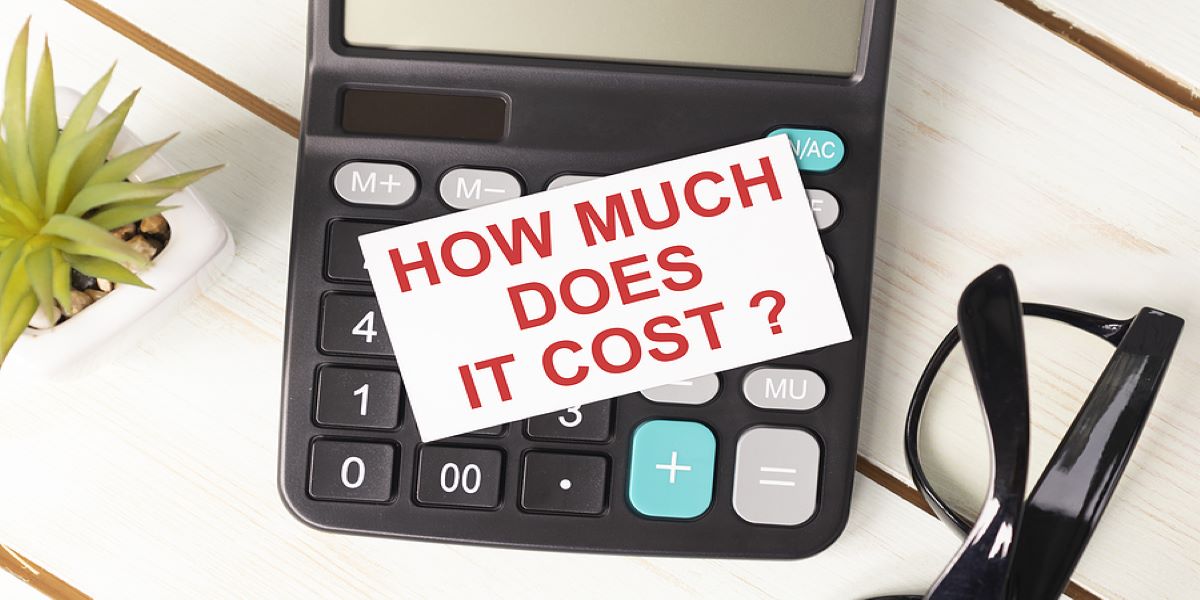National Insurance Contributions (NICs) are going up by a total of 2.5% points. This is being shared equally between employees and employers, with each paying 1.25% extra. Self employed taxpayers will also pay see their NICs rise by 1.25%.
These new NICs rates will start from the beginning of the 2022-23 tax year, which is next April.
What does this mean for you?
Who pays what?
It’s important to identify who will be affected by this change to National Insurance Contributions.
- Employees – pay Class 1 NICs on their salary through the PAYE system
- Employers – pay employers’ secondary Class 1, 1A and 1B NICs on their employees’ wages through the PAYE system
- Self employed – pay Class 4 NICs on their profits through the self assessment system
As things stand this tax year, taxpayers earning between £9,564 and £50,268 pay the 12% NICs rate. Income over this ceiling is liable for only 2% NICs. That’s people on between £184 and £967 a week, or £797 to £4,189 per month on 12%. Any earnings over that pay NICs at 2%.
Other eligibility criteria
You must pay NICs as soon as you turn 16 and you earn over £184 per week as an employee, or make £6,515 profit from self employment.
HMRC has also built in some protection for low earners: “If you earn between £120 and £184 a week, your contributions are treated as having been paid to protect your National Insurance record.”
How much more will I have to pay next year?
Looking at how a percentage point difference impacts actual costs is important, to see how it’s going to affect you. This shows you how much NICs you pay now and next year, depending on your annual salary.
| Annual salary | 2021-2022 | 2022-2023 |
| £20,000 | £1,251 | + £130 = £1,381 |
| £30,000 | £2,451 | + £255 = £2,706 |
| £50,000 | £4,851 | + £505 = £5,356 |
| £80,000 | £5,479 | + £880 = £6,359 |
| £100,000 | £5,878 | + £1,130 = £7,008 |
Remember, this isn’t all going to be collected as a lump sum, but spread out over your usual NICs payments through the year.
Why are the government raising NICs now?
During the announcement of the tax increase, Prime Minister Johnson said that the aim is to raise £12bn a year. This will be spent on supporting the NHS as it continues to get us through the pandemic and catch up with postponed procedures.
But it also seems to in preparation for the cost of a new tax called the Health and Social Care Levy. At the end of the 2022-23 tax year, National Insurance Contributions will go back to where they are this year. And this new tax will come into effect, for this same amount. This is how the government are planning to pay for assorted reforms to the social care system. Pensioners that are still working will have to pay the new Health and Social Care Levy, even though they don’t pay NICs.
However you feel about the politics of health and social care, you need to know how much less you’ll have in your wallet after the NICs increase starts. It’s the simple, practical maths that we all do to keep our households running.


